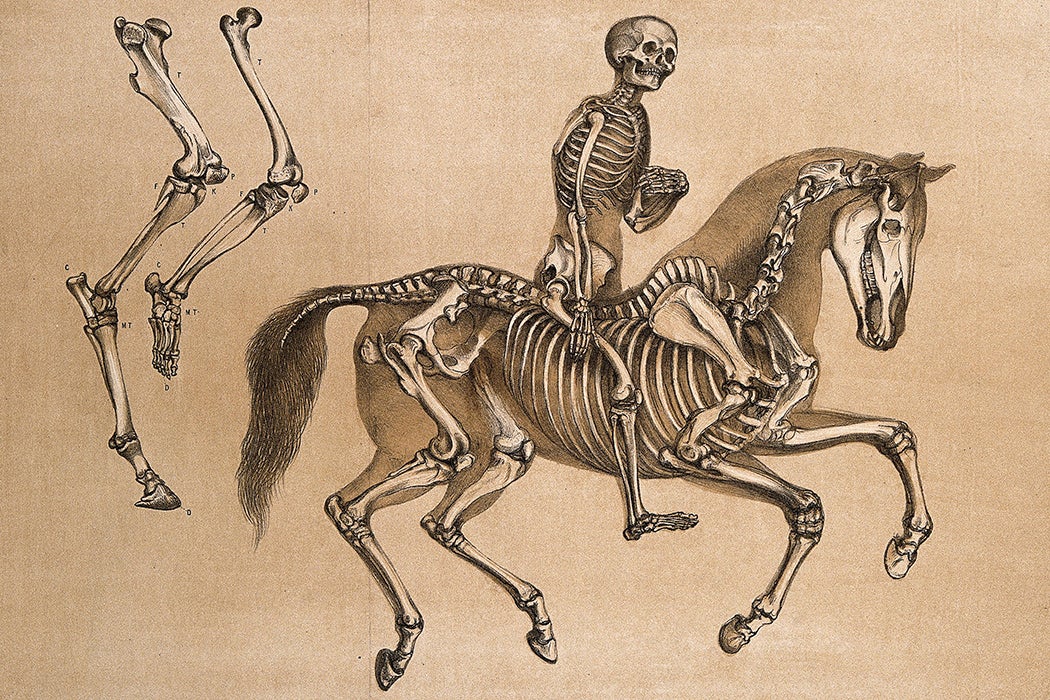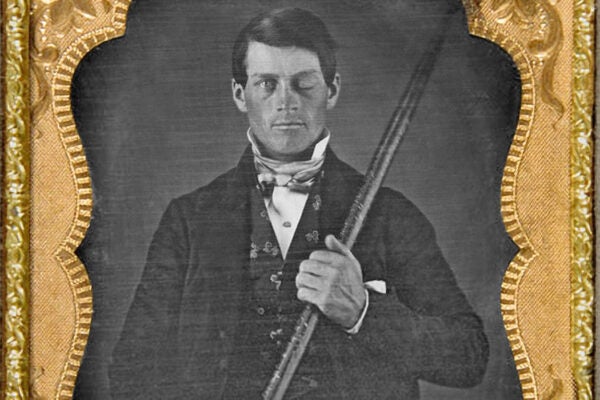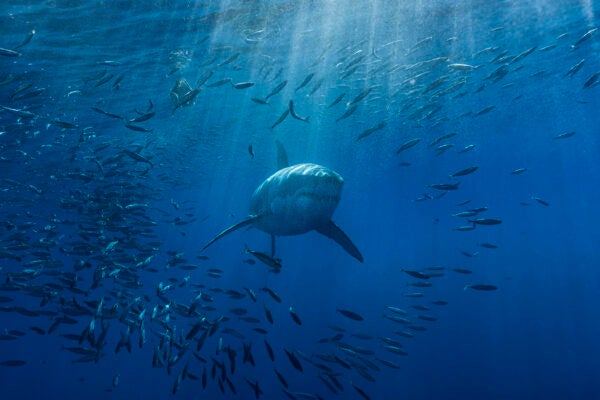Thinking with horses (Aeon)
by Janet Jones
Horses and humans evolved, respectively, as prey and predator. That gives the two species very different brains. In horse riding, the two creatures bring their ways of perceiving and reacting to the world together, to do things neither could do alone.
Developing malaria (Nursing Clio)
by Eleanor Shaw
A new vaccine shows promise in fighting malaria. But singular technological solutions to the disease have disappointed in the past. In fact, historically, technologically driven colonial “development” and the disease have been linked in often unrecognized ways.
The long future of nuclear waste (The Narwhal)
by Emma McIntosh
Nuclear power is a carbon-free alternative to fossil fuels. It also produces waste that will remain toxic for 400,000 years, a timeframe that’s hard for humans to even comprehend. In Canada, First Nations and other communities near proposed disposal sites are considering what it would mean to their future.
What’s wrong with confidence? (Vox)
by Rebecca Jennings
From inspiring books to TV ads, women encounter frequent exhortations to be confident. Two sociologists ask what that’s all about, and what sort of feminism it promotes.
Photographing lynchings (Word in Black)
by Nhaya Vaidya and Sara Wiatrak
When white communities terrorized Black Americans through lynchings, photography played a key role. Postcards and prints spread the ideology of violent white supremacy while making money for photographers and printers.
Got a hot tip about a well-researched story that belongs on this list? Email us here.






